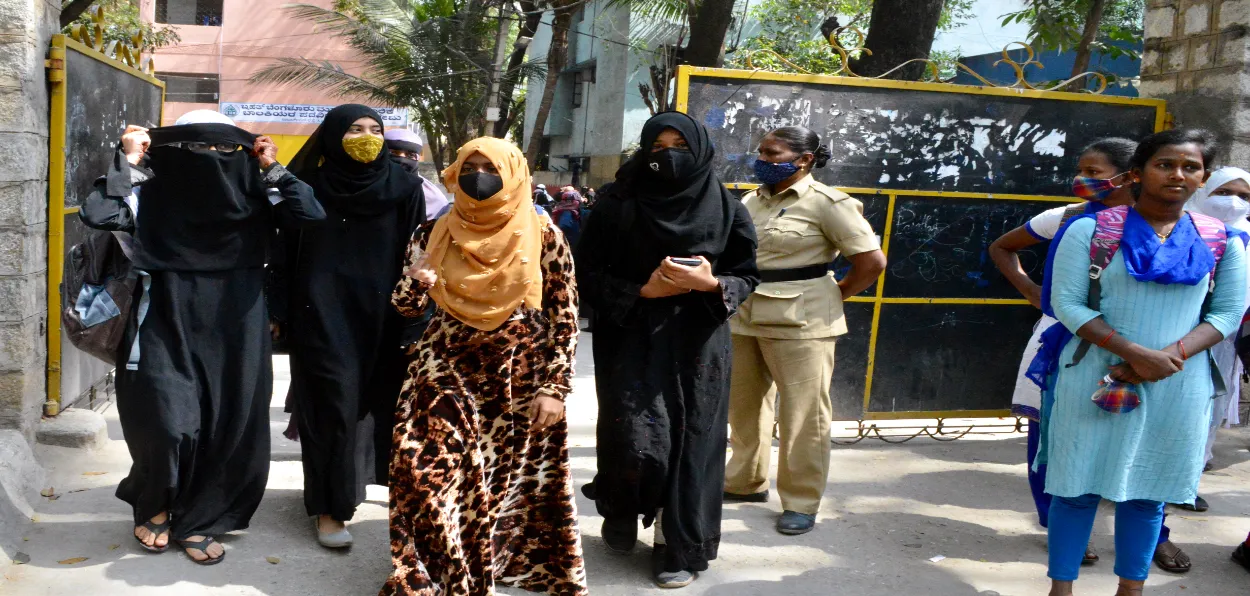
Eman Sakina
Even though the word veil could be used to explain a wide range of headscarves and clothing, the term has found important meaning and application among Muslims throughout history.
Friday Musings
In general, a veil can be described as a piece of clothing worn by women to cover sections of the body, like the face and head. In most cases, veils are common among religious communities, where women are expected to wear them for various reasons, which have immensely contributed to the debates and stereotypes linked to the practice.
In Islam, various veils are recognized, with most of them having been borrowed from the Arab countries, where Islam is believed to have originated. Nevertheless, the veil has continued to face criticism from other cultures, which view it as a practice imposed on women by men as a way of oppressing and promoting their power in society.
Islam puts strong emphasis on how women are supposed to present themselves in society. This is primarily guided by Hijab, which is based on the presentation of women modestly. These headdresses are commonly known as veils and are widely used by Muslim women globally.
This has, however, been interpreted differently, with a section of Muslims arguing that veils are important in preventing women from attracting men sexually. The veils come in different shapes; some cover the head and the face alone, and others the entire body -- from head to toe.
The Hijab is the most common, especially in Western countries. This covers the neck and head alone. However, most women outside these countries are required to use the traditional veil, mainly in the Arab World.
Modesty is a key component of Islam, requiring women to dress in a particular way. This is highly emphasized in cases where the woman is in public, say, in the company of strange people who might not know her or understand her religion. Importantly, Islam comprises a host of prohibitions and conditions, which define one’s way of dressing, as dictated by Islamic teachings.
Of great significance is the fact that Islam does not allow women to wear any type of clothing, depending on fashion; they must adhere to the teachings and standards of the religion. For instance, women must wear clothes that cover the entire body and do not reveal any part.
In this context, women are not allowed to wear tight clothes, which may arouse men sexually. Under this, Muslims are required to enjoy life, including clothing, without any signs of pride or extravagance. This, therefore, gives the limits within which women are allowed to present themselves in public.
Among other body parts, the head has been given a lot of emphasis when describing clothing among women in Islam. In Islam, the concept of modesty is central to the conduct of both men and women. The veil represents a spiritual commitment to modesty, humility, and obedience to Allah (God). The Qur’an addresses modesty in several verses, such as:
"Tell the believing women to lower their gaze and guard their modesty; and that they should not display their beauty except what is apparent of it; and to draw their veils over their bosoms..." (Surah An-Nur 24:31)
“O Prophet, tell your wives and your daughters and the women of the believers to bring down over themselves [part] of their outer garments...” (Surah Al-Ahzab 33:59)
These verses guide Muslim women to dress modestly, which includes covering their hair and bodies in a way that does not draw unnecessary attention. The veil, therefore, becomes a symbol of piety and submission to the will of God.
Despite challenges such as discrimination, stereotypes, or even legal restrictions in some countries, many Muslim women continue to wear the hijab with pride. For them, the veil is not a barrier but a banner—one that reflects their inner conviction and resilience.
An essential aspect of the hijab in Islam is that it should be worn by choice. Coercion goes against the spirit of Islamic teachings, as the Qur’an clearly states:
"There is no compulsion in religion..." (Surah Al-Baqarah 2:256)
The decision to wear the veil must come from personal conviction and a desire to fulfill religious obligations. When worn freely, the hijab becomes a powerful act of devotion and self-respect.
The veil in Islam is much more than a dress code—it is a multifaceted symbol of faith, identity, and dignity. While media narratives often portray it as a sign of oppression, for countless Muslim women, it is a source of empowerment, spiritual connection, and cultural pride. Respecting the veil means understanding its deep religious significance and the freedom of women to choose how they practice their faith.
ALSO READ: Dr. Parveez Ubed makes eye care accessible, affordable across NE India
By appreciating the true meaning of the veil, one can move beyond stereotypes and foster a more inclusive and respectful dialogue about Islam and the diverse experiences of Muslim women worldwide.
